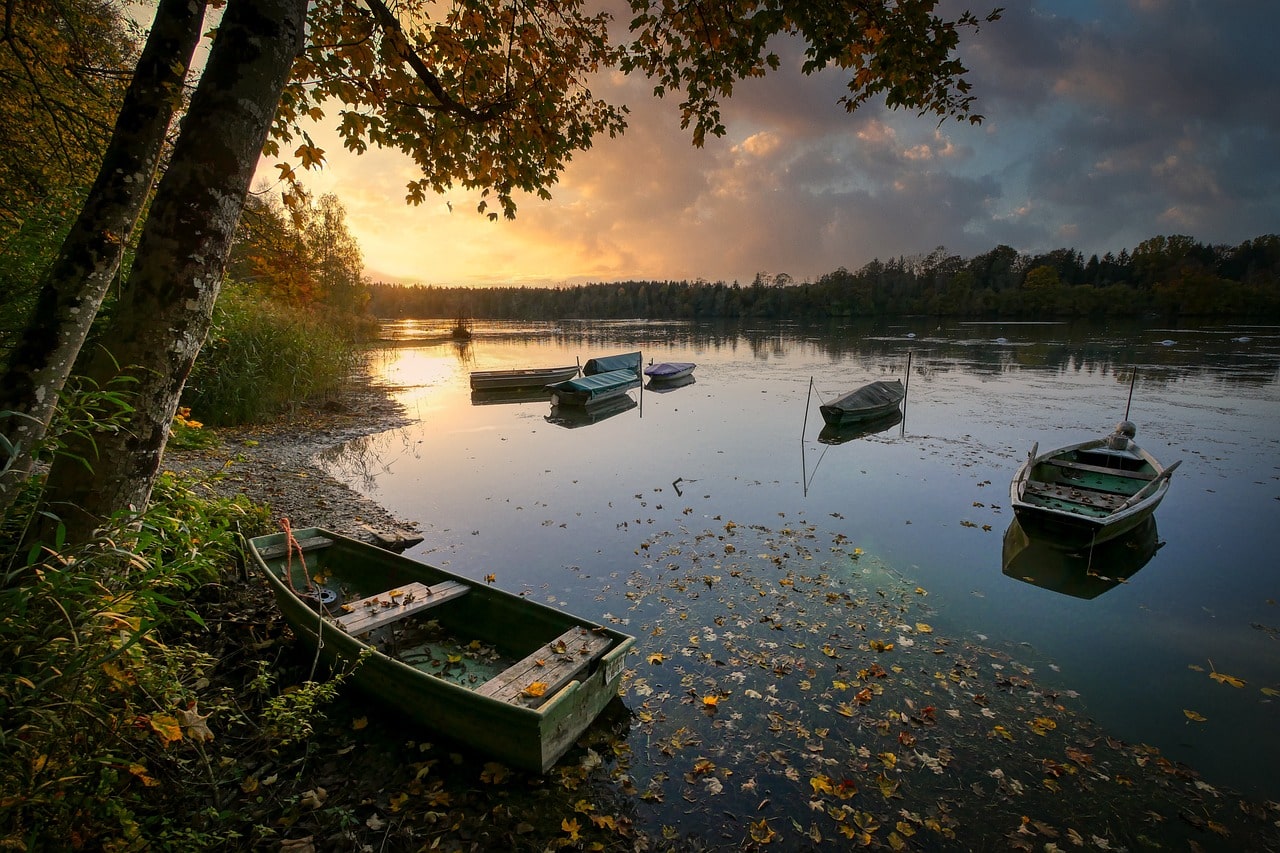West Sumatra, Indonesia, is home to Lake Maninjau, also known as Danau Maninjau (meaning “overlook” or “observation” in Minangkabau). Volcanic eruptions formed this crater lake. It is situated at 0°19′S 100°12′E, 36 kilometers (22 miles) west of Bukittinggi.
An estimated volcanic eruption about 52,000 years ago created the Maninjau caldera. Up to 50 kilometers (31 miles) east, 75 kilometers (47 miles) southeast, and west to the current coastline, eruption deposits have been discovered. The deposits have a volume of 220–250 cubic kilometers (53–60 cu mi) and are spread over 8,500 square kilometers (3,300 sq mi). The caldera stretches 20 km (12 miles) in length and 8 km (5 miles) in width.
Lake Maninjau covers an area of 99.5 square kilometers (38.4 sq mi) and is approximately 16 kilometers (10 miles) long and 7 kilometers (4 miles) wide. The average depth is 105 meters (344 feet), with a maximum depth of 165 meters (541 feet). The Antokan River serves as the natural outlet for excess water. Since 1983, the lake has generated hydroelectric power, producing around 68 MW at maximum load.
Most of the people living around Lake Maninjau are ethnically Minangkabau. Villages on the shores include Maninjau and Bayur. The lake is a notable tourist destination due to its scenery and mild climate. It is also a site for paragliding.
Local fishing and agriculture are significant around the lake. Two endemic species, pensi (a small mussel) and paella rink (a small fish), are collected for local consumption and export. The lake supports aquaculture using karamba floating net cages, introduced in 1992. More than 600 houses were involved in this practice, with more than 2,000 cage units by 1997.
The lake’s edge is used for rice fields in the swamps and lower slopes. The villages are bordered uphill by a belt of tree gardens, which dissolve into the upper montane forest on the steep slopes up to the caldera’s ridge. These gardens include fruit trees like durian, jackfruit, and rambutan, timber species like Toona sinensis, and spice trees like cinnamon and coffee.

